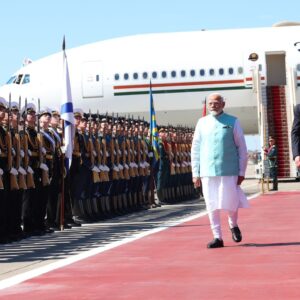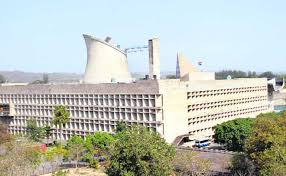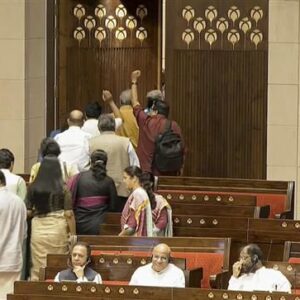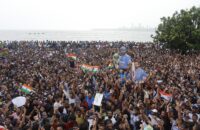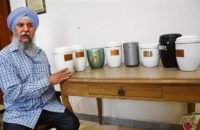Caught in a trade war with the US, China is fast turning diamond processing units in Gujarat and Rajasthan into re-export hubs of man-made stones to the former.
According to diamond exporters here, Chinese manufacturers with huge capacities to grow artificial diamonds in laboratories may have sent as much as Rs 3,000 crore worth of the stones to India in 2018.
Most of them have been processed for re-export to the US.
“Many smaller units in Gujarat and Rajasthan are now dependent entirely on Chinese man-made diamonds as demand for natural diamonds is falling,” says Amod Shah, a diamond exporter from Mumbai.
According to him margins for cutting these man-made stones are as low as Rs 10 per carat while natural diamonds used to fetch Rs 50 per carat.
But the work involved is much less than natural diamonds and the volumes are sufficient to keep business going, says Shah.
Sources in the Gem and Jewellery Export Promotion Council say Chinese man-made diamonds enter Mumbai via Dubai and onward to cutting and polishing units in Gujarat and Rajasthan.
The finished stones are popular in the US where they are used in finger rings and small jewellery.
Analysts say Indian units may process as much as Rs 4,000 crore worth of man-made diamonds in weeks ahead of Valentine’s Day next year.
Last year, the American government erased the differentiation between natural and lab-grown or synthetic diamonds.
Indian companies are estimated to have manufactured around 500,000 carats in 2018 with plans to manufacture 1.5 million carats by 2021, according to officials from the Surat Special Economic Zone.
However, the cheaper imports from China are seen posing a major threat to the manufacture of man-made diamonds in India.
India exported cut and polished diamonds to the tune of US$ 23.82 bn in 2018-19. Man-made diamonds though a small fraction of these are growing at the rate of 25 per cent annually, analysts say.




 Driving Naari Programme launched in Chandigarh
Driving Naari Programme launched in Chandigarh









